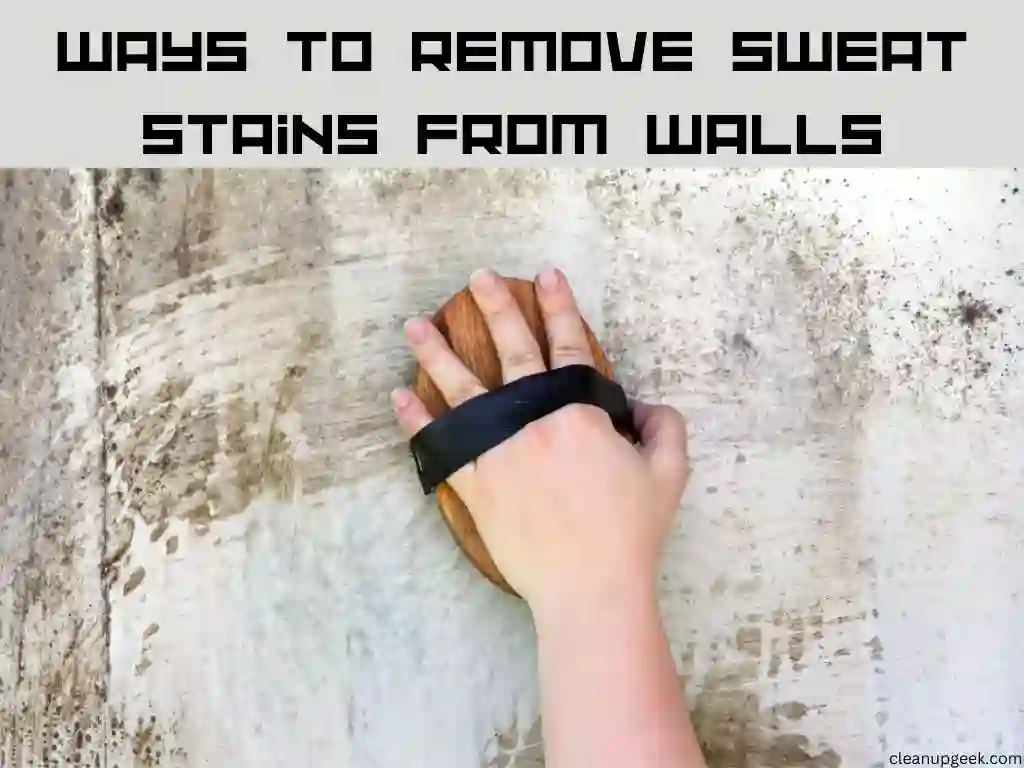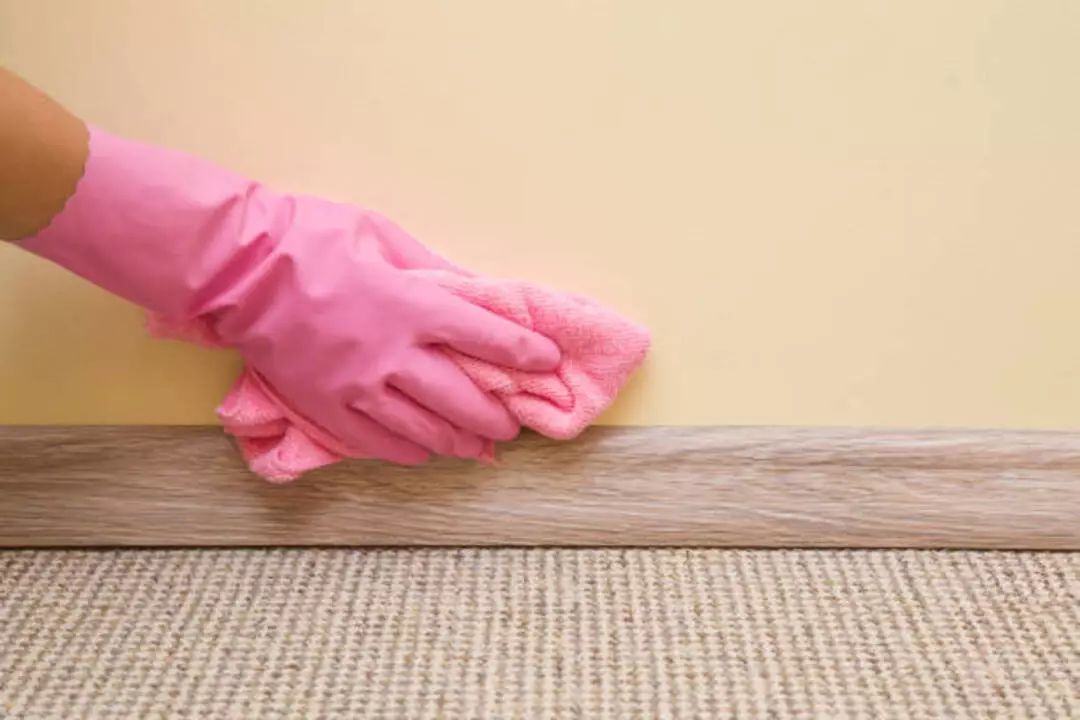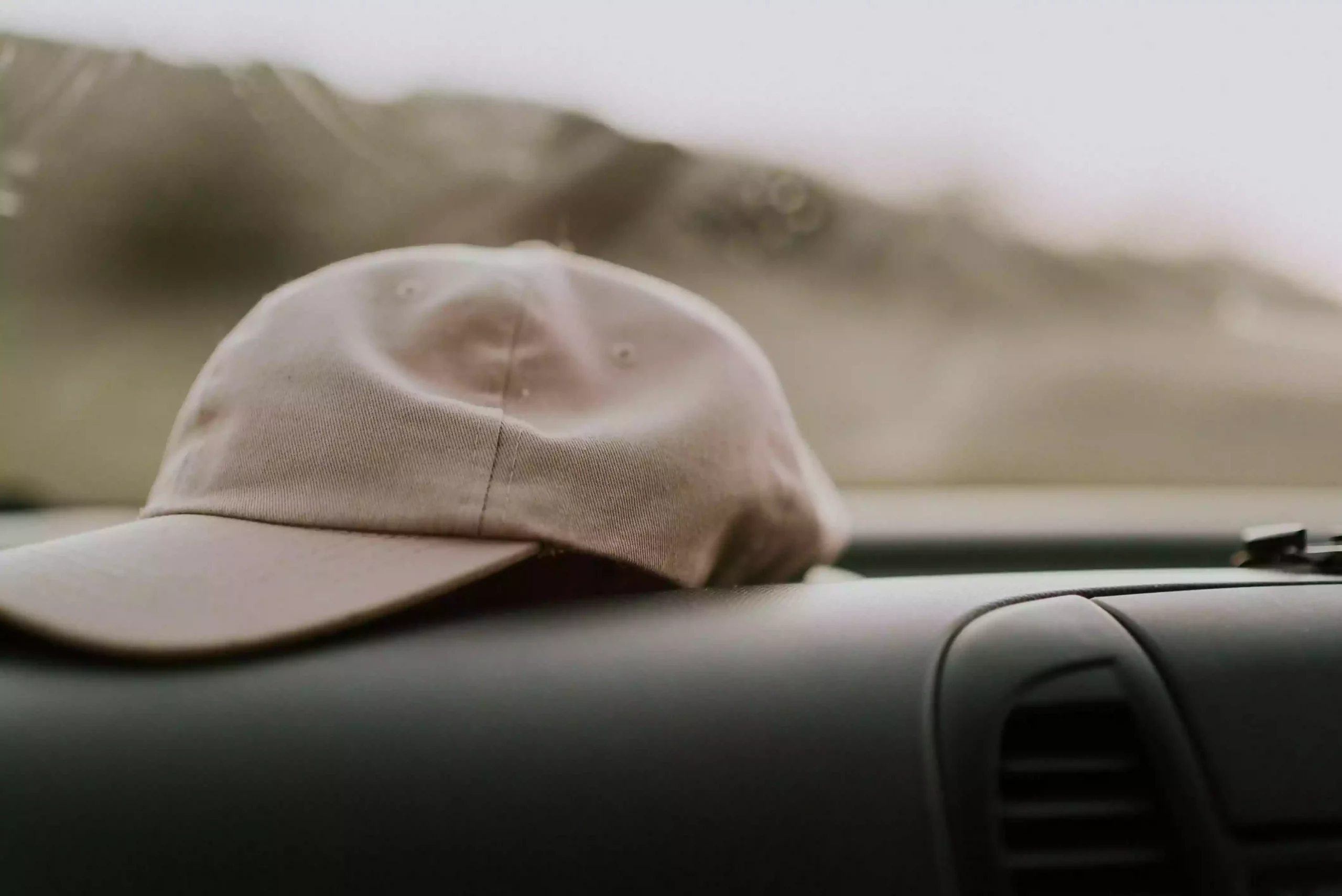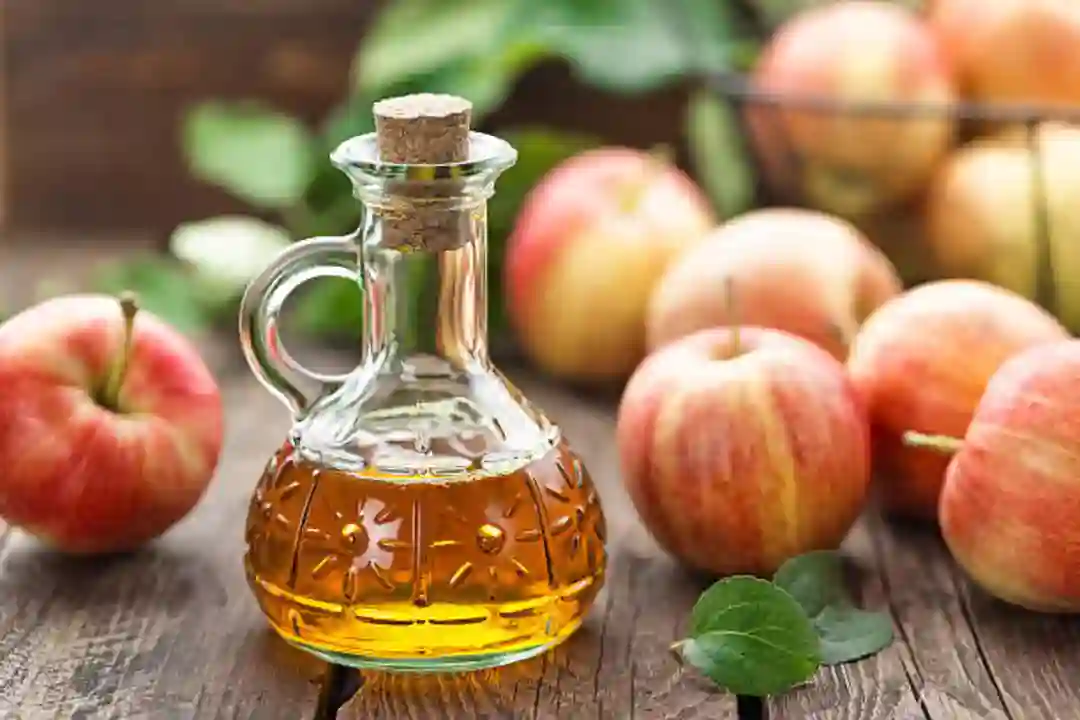Staining your favorite pair of leather shoes with oil or grease can be a real downer. Did you know that the severity and type of stain, as well as the material of your leather shoe, greatly influence how stains should be treated?
This blog will guide you through effective methods for removing oil stains from leather shoes, mistakes to avoid when conducting this process, and preventive measures against future staining.
Let’s learn how to bring back the spark in your shoes!
KEY INFORMATION
- Consider the material of your leather shoes, as different types require specific cleaning methods. Vinegar works well for full-grain leather but can harm suede or nubuck.
- Blot oil stains with a clean cloth or paper towel to absorb excess oil. Avoid rubbing, as it can spread the stain and damage the leather.
- Use absorbent materials like talcum powder or cornstarch to draw out oil from fresh stains. Apply generously and wipe away gently with a clean cloth or brush.
- Apply gentle detergents or specially formulated leather cleaners for both fresh and older oil stains. Test on a small area first to avoid discoloration or damage.
Factors to Consider When Removing Oil Stains from Leather Shoes

When removing oil stains from leather shoes, it is important to consider factors such as the material of the leather, the type of oil or grease stain, and the age of the stain.
1. Material of the leather
Leather comes in many types. Each type needs special care. Some are soft and thin like suede and nubuck. Others are tough and thick, like full-grain leather. So, it’s important to know the type of your shoes’ leather before you start cleaning oil stains from them.
Certain cleaners work best on certain kinds of leather. For example, vinegar works well for full-grain leather but can harm suede or nubuck. Knowing the material helps you pick the right cleaner for your shoes.
2. Type of oil or grease stain
There are different types of oil and grease stains that can affect leather shoes. Some common types include cooking oils, motor oil, and grease from machinery or tools. The type of stain will determine the best method for removal.
For lighter stains or fresh spills, blotting the stain with a clean cloth or paper towel can help absorb the excess oil. For tougher stains, using absorbent materials like talcum powder or cornstarch can help draw out the oil before brushing it off.
It’s important to choose a removal method that is suitable for the specific type of stain in order to effectively eliminate it without damaging the leather surface.
3. Age of the stain
The age of the stain is an important factor to consider when removing oil stains from leather shoes. If the stain is fresh, it will be easier to remove compared to an old, set-in stain.
Fresh stains can often be blotted away using absorbent materials like talcum powder or cornstarch. However, if the stain has been there for a while, you may need to use stronger methods, such as gentle detergents or vinegar solutions.
It’s important to act quickly when dealing with oil stains on leather shoes to increase your chances of successful removal.
Best Methods for Removing Oil Stains from Leather Shoes
Watch this Video
Title: How To Remove Oil Stains From Leather Shoes, Bags, Purses, Etc.
By: Trenton & Heath
To effectively remove oil stains from leather shoes, start by blotting the stain with a clean cloth or paper towel to absorb as much of the oil as possible.
1. Blotting the stain
Blotting the stain is an effective method for removing oil stains from leather shoes. When you notice an oil stain, it’s important not to rub it, as rubbing can spread the stain and damage the leather.
Instead, take a clean cloth or paper towel and gently blot the stain to absorb as much of the oil as possible. Press down firmly without scrubbing or smearing the stain further. This helps to lift away some of the oil without causing more damage to your shoes.
Remember, blotting is key when it comes to removing oil stains from leather shoes!
2. Using absorbent materials like talcum powder or cornstarch
To remove oil stains from leather shoes, you can try using absorbent materials like talcum powder or cornstarch. These powders help to draw out the oil from the leather surface. Simply apply a generous amount of talcum powder or cornstarch directly onto the stain and let it sit for several hours or overnight.
Then, use a clean cloth or brush to gently wipe away the powder. This method helps absorb the oil and gradually lifts it off the leather. Remember to blot instead of rubbing to avoid spreading the stain further!
3. Applying gentle detergents or leather cleaners
To remove oil stains from leather shoes, you can apply gentle detergents or specially formulated leather cleaners. These products are designed to break down and remove the oil without damaging the leather surface.
Make sure to follow the instructions on the product label and use a clean cloth or sponge to apply the detergent or cleaner directly onto the stain. Gently blot the stain, being careful not to rub it in further.
This method is effective for removing both fresh and older oil stains from leather shoes. Remember, always test a small, hidden area of your shoes first before applying any cleaning product to ensure that it doesn’t cause any discoloration or damage.
4. Using vinegar or dish soap for tougher stains
For tougher oil stains on leather shoes, you can try using vinegar or dish soap. Vinegar is a natural cleaner that can help break down the oils and remove the stain. Mix equal parts of white vinegar and water, then apply it to the stain with a sponge or cloth.
Gently dab at the stain, but avoid rubbing too hard as it could damage the leather. Dish soap can also be effective in removing oil stains. Mix a small amount of dish soap with warm water to create a soapy solution.
Apply it to the stain and gently work it in with a soft cloth or sponge. Rinse off the soap residue with clean water and blot dry with a towel. These methods may require some patience and repeated applications for stubborn stains, but they can help restore your leather shoes to their former glory!
5. Baking soda paste for deep cleaning
To deep clean oil stains on leather shoes, you can make a baking soda paste. Mix equal parts baking soda and water to create a thick paste. Apply the paste to the stain using a soft cloth or brush, gently rubbing it in circular motions.
Let the paste sit on the stain for about an hour, allowing it to absorb the oil. Afterward, wipe off the paste with a damp cloth and let your shoes air dry. The baking soda helps absorb the oil and deodorizes your shoes at the same time.
Mistakes to Avoid When Removing Oil Stains from Leather Shoes

One mistake to avoid when removing oil stains from leather shoes is scrubbing aggressively, as this can damage the delicate leather surface.
1. Scrubbing aggressively
Scrubbing aggressively can do more harm than good when trying to remove oil stains from leather shoes. This can spread the stain and damage the delicate leather surface. Instead, it is important to blot the stain gently with a clean cloth or sponge.
Blotting helps to absorb excess oil without spreading it further. Remember, patience is key when removing oil stains from leather shoes, so take your time and avoid scrubbing aggressively.
2. Using harsh chemicals or solvents
Avoid using harsh chemicals or solvents when removing oil stains from leather shoes. These can cause further damage to the leather surface and may discolor or fade the material. Instead, opt for gentle detergents or specially formulated leather cleaners that are designed to remove stains without harming the leather.
Harsh chemicals and solvents can strip away the natural oils in the leather, causing it to become dry and brittle over time. It’s best to stick with safer, more gentle cleaning methods to ensure your leather shoes stay in good condition.
3. Excessive heat or excessive moisture
Exposing leather shoes to too much heat or moisture can cause damage and make oil stains more difficult to remove. High temperatures can dry out the leather, causing it to crack or become discolored.
Excessive moisture, on the other hand, can lead to mold growth or water stains on the leather surface. It’s important to store leather shoes in a cool and dry place, away from direct sunlight and humidity.
If your shoes get wet, allow them to air dry naturally instead of using heat sources like hairdryers or heaters. Taking proper care of your leather shoes will help prevent these issues and keep them looking their best for longer.
4. Not testing products on a small, hidden area first
Before using any product or method to remove oil stains from leather shoes, it’s crucial not to forget the importance of testing them first on a small, hidden area. This will help prevent any potential damage or discoloration to your shoes.
By doing a test patch, you can see how the product or method reacts with your specific type of leather and determine if it’s safe to proceed. It’s better to be cautious and take this extra step before applying anything directly onto your beloved leather shoes.
Preventing Oil Stains on Leather Shoes

To prevent oil stains on your leather shoes, regularly apply a protective leather spray or conditioner to create a barrier against potential stains. Additionally, make sure to clean and condition your leather shoes on a regular basis to maintain their quality and durability.
Avoid contact with oily substances and be mindful of proper storage and handling techniques for your leather shoes.
1. Applying a protective leather spray or conditioner
To protect your leather shoes from oil stains, it’s important to apply a protective leather spray or conditioner. These products create a barrier on the surface of the leather that helps repel spills and stains.
Make sure to choose a spray or conditioner specifically designed for use on leather. After cleaning your shoes, simply follow the instructions on the product and apply an even layer of protection.
This will help keep your leather shoes looking their best and prevent future oil stains.
2. Regularly cleaning and conditioning leather shoes
To keep your leather shoes in good condition, it’s important to clean and condition them regularly. Cleaning helps remove dirt and grime that can accumulate on the surface of the leather.
You can use a damp cloth or sponge with mild soap to gently wipe away any dirt. Conditioning, on the other hand, helps keep the leather soft and supple, preventing it from drying out and cracking.
Applying a leather conditioner or cream periodically will help maintain the quality and durability of your shoes. Remember to follow the instructions on the product for best results.
3. Avoiding contact with oily substances
To prevent oil stains on your leather shoes, it’s best to avoid coming into contact with oily substances in the first place. This means being careful when handling greasy foods, oils, or any other materials that can leave an oily residue.
If you do accidentally spill something oily on your shoes, be sure to act quickly and follow the appropriate methods for removing oil stains from leather shoes. Remember to blot the stain instead of rubbing it and use gentle cleaning solutions suitable for your specific type of leather.
Regularly cleaning and conditioning your leather shoes will also help maintain their quality and protect them from potential stains.
4. Proper storage and handling of leather shoes
To properly store and handle your leather shoes, it is important to keep them in a cool and dry place. Avoid exposing them to direct sunlight or extreme heat, as this can cause the leather to crack or fade.
Additionally, make sure to store your shoes in a clean and dust-free environment to prevent dirt or debris from settling on the surface. When handling your leather shoes, always use clean hands and avoid touching them with greasy or oily fingers.
This will help to maintain the integrity of the leather and prevent oil stains from developing. By following these simple storage and handling practices, you can ensure that your leather shoes stay looking their best for years to come.
Frequently Asked Questions

1. What are some effective methods for removing oil stains from leather shoes?
Some good ways to remove oil stains include the use of distilled water, vinegar and linseed oil solution, or cornstarch as a leather stain remover.
2. How do I maintain my leather shoes to avoid oil stains?
You can prevent oil stains by cleaning your shoes often using the right shoe maintenance steps and products meant for cleaning leather.
3. Can I use the same method to remove oil stains on a leather sofa or bag?
Yes! You can try these techniques not only for removing stains from shoes but also for other items like bags, wallets, car seats, or sofas made of leather.
4. What should I avoid when trying to clean an oil stain off my leather shoes?
Avoid using any harsh chemicals that may harm your shoe’s material during the removal process.
5. Is there something at home I could use as an absorbent material for oil stains on my shoe?
Yes! Household items like cornstarch work great in absorbing oils and thus act as a helpful tool in stain removal methods for leather materials.
Conclusion and final thoughts
In conclusion, when it comes to removing oil stains from leather shoes, there are several effective methods to consider. It’s important to choose the right method based on factors like the type of stain and the material of the leather.
Blotting the stain, using absorbent materials like talcum powder or cornstarch, and applying gentle detergents or vinegar can help remove oil stains effectively. Avoid scrubbing aggressively and using harsh chemicals or solvents, as they can damage the leather.
To prevent future oil stains, apply a protective spray or conditioner on your leather shoes and avoid contact with oily substances.












